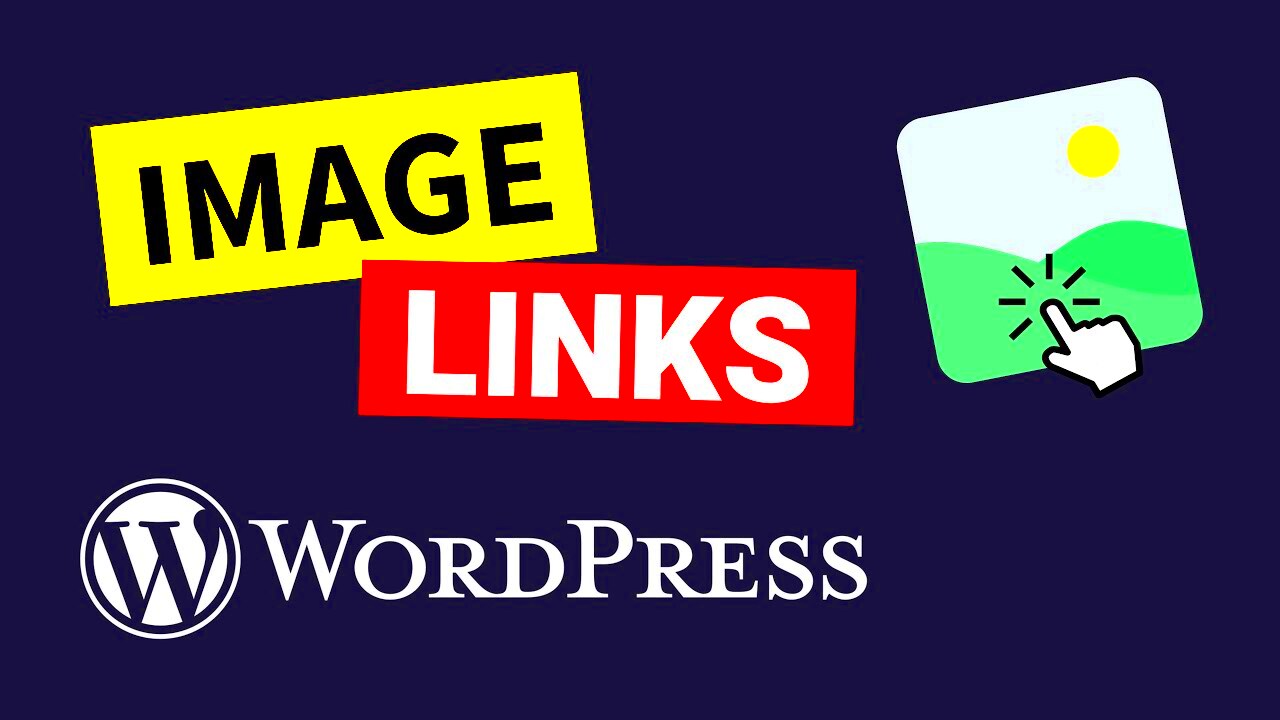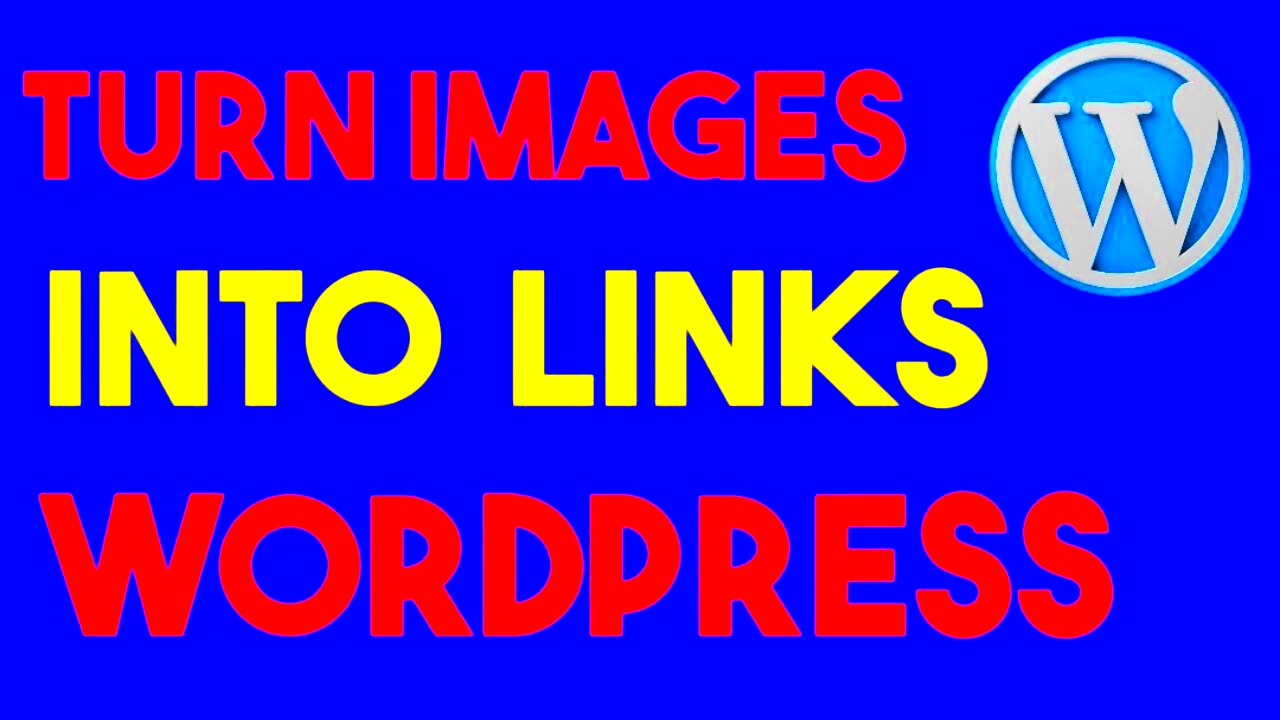A clickable image link is an image on a webpage that, when clicked, directs users to another location, such as a different webpage, an online store, or an email address. It serves as a visual gateway, allowing users to navigate easily and intuitively.
These links combine the visual appeal of images with the functionality of hyperlinks. This means that rather than just text, users can click on an image to be taken to a new destination. Clickable image links are widely used in web design, marketing campaigns, and social media to enhance user experience and engagement.
Why Using Clickable Image Links is Effective

Clickable image links are effective for several reasons:
- Visual Appeal: Images grab attention more than text. They can showcase products, evoke emotions, or highlight important information.
- Enhanced User Experience: Users find it easier to click on images rather than scrolling through text. This can improve navigation on your site.
- Increased Engagement: When users interact with images, they are more likely to stay on your site longer, increasing the chances of conversions.
- SEO Benefits: Properly optimized image links can help improve your site's search engine rankings.
Incorporating clickable image links into your website can lead to a more engaging and user-friendly experience, ultimately benefiting your site's performance.
Also Read This: How to Edit Image File in PDF
Creating a Clickable Image Link in HTML
Creating a clickable image link in HTML is straightforward. Here’s a simple breakdown:
- Start with the
<a>tag to define the link. - Within the
<a>tag, include the<img>tag to display the image. - Set the
hrefattribute of the<a>tag to the destination URL.
Here’s a basic example of the code:
<a href="https://example.com"><img src="image.jpg" alt="Description"></a>This code does the following:
- The
hrefattribute specifies where the link leads. - The
srcattribute in the<img>tag points to the image file you want to use. - The
altattribute provides a text description of the image for accessibility and SEO purposes.
By using this simple code structure, you can create effective clickable image links on your website with ease.
Also Read This: Download Videos from Rumble Easily in Seconds with This Tool
Embedding Clickable Image Links in WordPress
Embedding clickable image links in WordPress is a breeze, thanks to its user-friendly interface. Whether you're crafting a blog post or creating a page, WordPress makes it easy to add links to images without any coding skills. Here’s how you can do it:
- Upload Your Image: First, go to the WordPress dashboard, click on 'Media,' and then 'Add New' to upload your image.
- Insert the Image: While editing a post or page, click on 'Add Media,' select your uploaded image, and click 'Insert into post.'
- Add the Link: Click on the image in the editor, then select the link icon. Enter the URL where you want the image to link.
- Save Changes: Make sure to save or update your post to apply the changes.
Using clickable image links in WordPress not only enhances the visual appeal of your content but also encourages user interaction, making it a smart choice for any website.
Also Read This: Complete Guide to Posting Pictures on LinkedIn
Adding Clickable Image Links to Emails
Adding clickable image links to emails can significantly improve engagement rates. When done right, these links can direct your recipients to your website, a special offer, or any other relevant destination. Here’s how to include them:
- Select Your Image: Choose an eye-catching image that represents the content you’re linking to.
- Use an Email Marketing Tool: Most tools like Mailchimp or Constant Contact allow you to insert images easily.
- Insert the Image: Upload your image within the email editor and position it where you want it to appear.
- Link the Image: Click on the inserted image and add the URL in the link settings. Ensure it opens in a new tab for better user experience.
By adding clickable image links in emails, you create an engaging visual element that can drive traffic to your website and increase conversions.
Also Read This: Resizing Images in a PDF Document
Best Practices for Designing Clickable Image Links
Designing effective clickable image links requires attention to detail. Here are some best practices to ensure they are user-friendly and visually appealing:
- Use High-Quality Images: Ensure your images are clear and relevant to the content you’re linking to.
- Optimize Image Size: Keep your image files small to enhance loading times without sacrificing quality.
- Include Alt Text: Add descriptive alt text for accessibility and SEO benefits.
- Make it Obvious: Ensure the image looks clickable. Consider adding a hover effect or border to signify interactivity.
- Test the Links: Always check that the links work correctly and lead to the intended destinations.
By following these best practices, you can create clickable image links that not only look great but also enhance user experience and site performance.
Also Read This: Quick Guide on How to Send a Video to Someone on Reddit
Frequently Asked Questions about Clickable Image Links
Clickable image links can raise various questions, especially for those new to web design or digital marketing. Here are some of the most common queries:
What are clickable image links?
Clickable image links are images that, when clicked, redirect users to another web page, email address, or file. They combine visual elements with functional links, enhancing user interaction.
How can I create a clickable image link?
Creating a clickable image link is simple. In HTML, wrap your image tag in an anchor tag (<a>). For instance:
<a href="https://example.com"><img src="image.jpg" alt="Description"></a>Can I use clickable image links in email campaigns?
Absolutely! Many email marketing platforms allow you to insert images and link them to URLs. This can enhance engagement and direct users to your website or offers.
Are there any best practices for clickable image links?
Yes, some best practices include:
- Use high-quality images.
- Optimize images for faster loading.
- Include descriptive alt text.
- Ensure the links work correctly.
Will clickable image links improve my website's SEO?
Yes, properly optimized clickable image links can contribute to better SEO. Including alt text and linking to relevant content can enhance your site's visibility.
Final Thoughts on Using Clickable Image Links
Clickable image links are a powerful tool for enhancing user engagement on your website or in your marketing materials. By combining visual appeal with functionality, these links can improve navigation, increase conversions, and boost SEO. Whether you're embedding them in a blog post, email, or webpage, following best practices ensures they effectively serve your audience's needs.

 admin
admin








